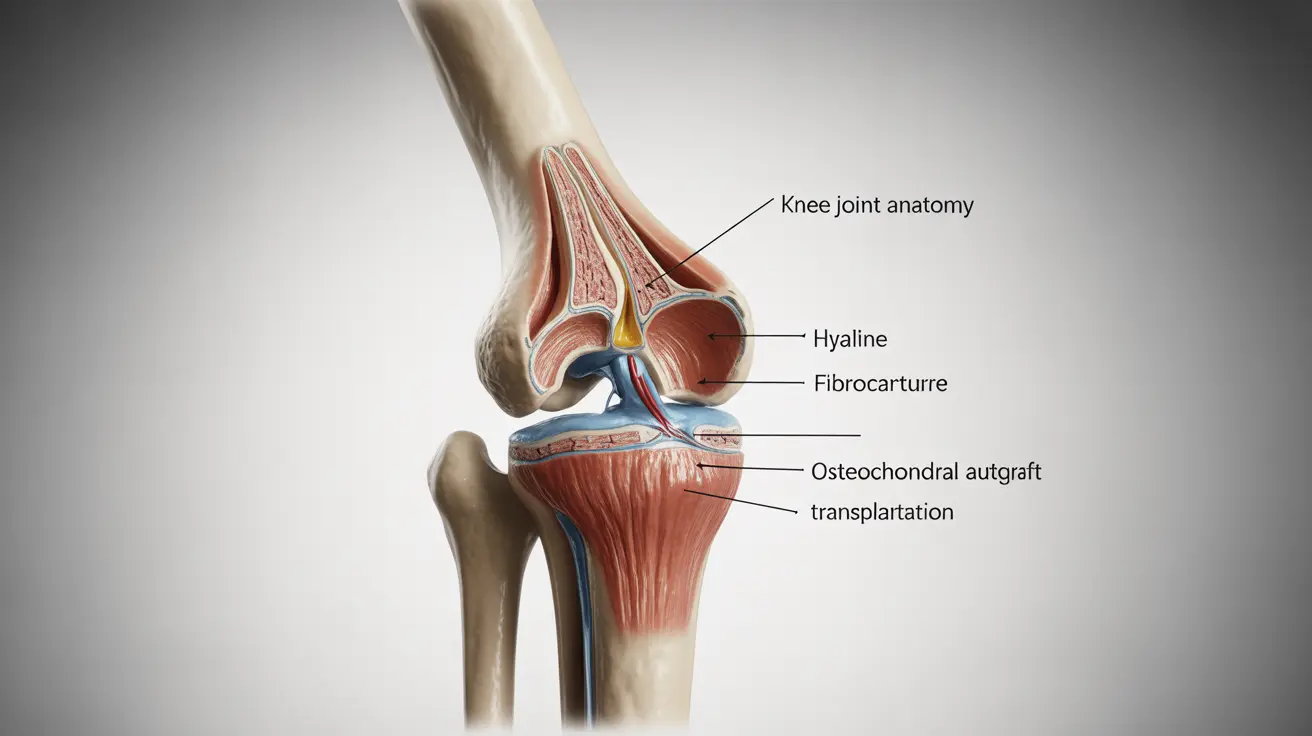Understanding Anthrax
Anthrax is caused by Bacillus anthracis, a spore-forming bacterium that can survive in harsh conditions for decades. Transmission to humans typically occurs through contact with infected animals or contaminated animal products.
Bacillus anthracis:
- Rod-shaped, gram-positive bacterium.
- Forms dormant spores when exposed to air.
- Found naturally in soil.
Transmission:
- Direct contact with spores from infected animals or contaminated products.
- Inhalation of airborne spores.
- Ingestion of undercooked meat from infected animals.
- Injection with contaminated drugs.
Anthrax manifests in four forms, each with distinct routes of infection:
Cutaneous Anthrax:
- Most common form.
- Enters through skin cuts or abrasions.
- Causes black sore with swelling.
Inhalation Anthrax:
- Rare but most lethal.
- Spores inhaled into lungs.
- Results in severe respiratory issues.
Gastrointestinal Anthrax:
- From consuming contaminated meat.
- Causes digestive system distress.
Injection Anthrax:
- Associated with drug injection.
- Causes deep muscle infections.
Understanding these forms is vital for diagnosis and guiding appropriate treatment strategies.
Symptoms of Anthrax
Anthrax symptoms vary depending on the infection type, but early signs often mimic less serious illnesses, making awareness critical for timely treatment.
General Symptoms:
- Fever and chills
- Swelling
- Nausea
- Fatigue
Cutaneous Anthrax:
- Itchy bump that develops into a painless sore with a black center
- Swollen lymph nodes near the sore
Inhalation Anthrax:
- Initial flu-like symptoms
- Severe breathing difficulties
- Shock
Gastrointestinal Anthrax:
- Nausea, loss of appetite, vomiting
- Severe diarrhea or bloody stool
- Abdominal pain
Injection Anthrax:
- Redness at the injection site
- Severe swelling
- Multiple organ failure
Progression and Urgency:
- Symptoms can escalate rapidly, especially with inhalation anthrax.
- Cutaneous anthrax, if untreated, can spread to the bloodstream, becoming fatal.
- Immediate medical attention is crucial upon symptom onset.
Recognizing these symptoms promptly can be lifesaving, as anthrax can progress from mild to severe forms quickly, particularly inhalation anthrax, which requires urgent medical intervention to improve survival chances.
Laboratory Tests for Diagnosis
Diagnosing anthrax involves a combination of clinical assessment and laboratory tests to identify Bacillus anthracis and its toxins.
Initial Clinical Assessment:
- Patient history, including exposure to high-risk environments.
- Physical examination for characteristic symptoms.
Blood Tests:
- Antibodies Detection: Indicates past or current exposure.
- Cultures: Identify the presence of Bacillus anthracis.
Imaging Tests:
- Chest X-ray: Checks for mediastinal widening in inhalation anthrax.
- CT Scans: Provides detailed images of lung involvement.
Tissue Samples:
- Skin Lesions: Confirm cutaneous anthrax through cultures or microscopy.
- Respiratory Secretions: Assessed for inhalation anthrax.
Molecular Techniques:
- PCR Tests: Detect bacterial DNA rapidly and with high specificity.
- Immunohistochemistry: Identifies anthrax toxins and bacterial components in tissue samples.
These diagnostic tools are critical for confirming anthrax, guiding treatment, and informing public health responses. Rapid and accurate diagnosis is essential, as the disease can progress quickly, especially in the case of inhalation anthrax.
Treatment Options Post-Diagnosis
Upon confirming an anthrax diagnosis, immediate treatment is crucial. The approach includes antibiotics, antitoxins, and possibly vaccination.
Antibiotic Regimens:
- Specific Antibiotics Used: Ciprofloxacin, doxycycline, and amoxicillin are primary choices.
- Duration of Treatment: Typically 60 days to ensure all spores are eradicated, preventing dormant spores from activating after treatment cessation.
Antitoxin Treatments:
- How They Work: Neutralize the toxins produced by anthrax bacteria.
- When They Are Used: Primarily for inhalation anthrax or systemic involvement, often in conjunction with antibiotics.
The Role of Vaccination:
- Preventative Measures: Vaccine available for high-risk populations (e.g., military personnel, lab workers).
- Post-exposure Prophylaxis: Administered after exposure alongside antibiotics for added protection.
Treatment must begin promptly to reduce the risk of fatal disease progression, especially in inhalation anthrax, which has a high mortality rate. Continuous monitoring and supportive care are also integral to managing and mitigating complications.
Prevention and Control Measures
Preventing anthrax involves strategic measures targeting high-risk groups, safe handling practices, and bioterrorism preparedness.
Vaccination for High-Risk Groups:
- The anthrax vaccine is recommended for military personnel, certain laboratory workers, and individuals who handle animals or animal products in endemic areas.
- Regular booster shots are required to maintain immunity.
Safety Protocols for Handling Animals and Animal Products:
- Use protective clothing and equipment when dealing with livestock or wildlife in regions where anthrax is common.
- Ensure proper vaccination and veterinary care for animals.
- Thoroughly cook meat from unknown sources to eliminate spores.
Bioterrorism Awareness and Preparedness:
- Training for healthcare providers and emergency responders on recognizing and responding to anthrax exposure.
- Public health infrastructure to detect and respond to outbreaks quickly.
- Stockpiling vaccines and antibiotics for emergency use.
These measures are essential to reduce the risk of anthrax infection and to manage potential outbreaks effectively. Preparedness is particularly crucial for bioterrorism threats, where rapid response can save lives.
Anthrax remains a significant health concern due to its potential severity and use as a bioterrorism agent. The key to combating this disease lies in awareness, early intervention, and the effective use of laboratory tests.
Awareness and Early Intervention:
- Public and healthcare provider education on recognizing anthrax symptoms is vital.
- Early laboratory testing for suspected cases can lead to prompt treatment, reducing mortality rates.
Laboratory Tests:
- Continued development and accessibility of rapid diagnostic tests are crucial.
- Enhancing the sensitivity and specificity of these tests can improve early detection.
Future Outlook and Research Directions:
- Research into new vaccine formulations and delivery methods to extend protection.
- Development of novel antibiotics to counteract potential antibiotic resistance.
- Advancements in genetic sequencing for faster and more accurate identification of strains.
The ongoing research and development in the field of infectious diseases promise to yield more robust responses to anthrax threats. By maintaining vigilance and investing in scientific advancements, we can hope to mitigate the risks posed by this ancient yet persistent adversary.




